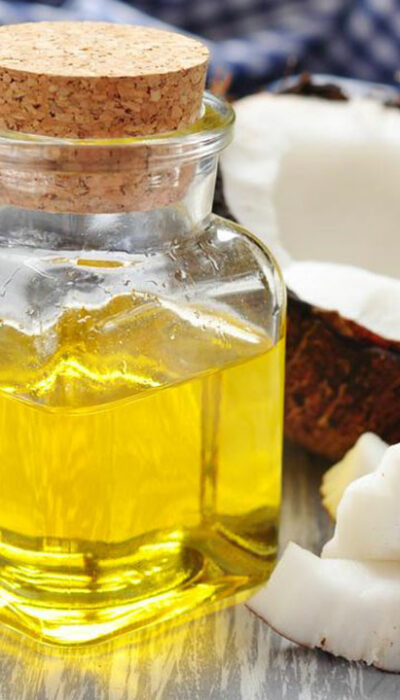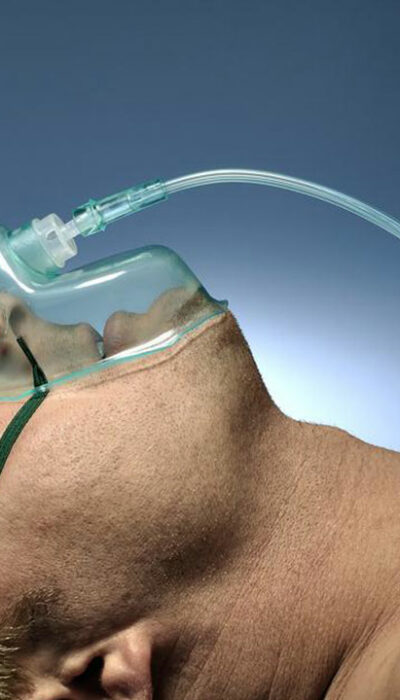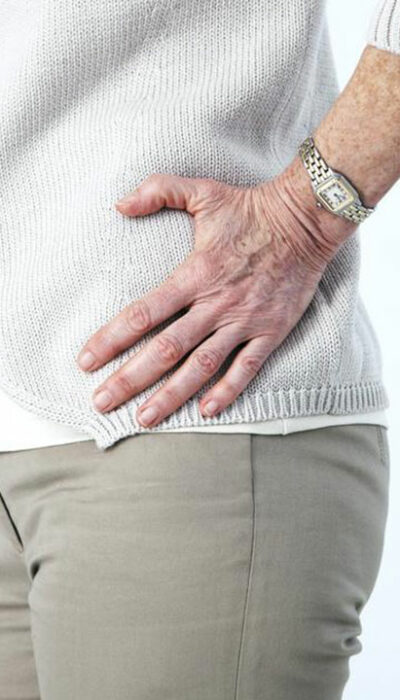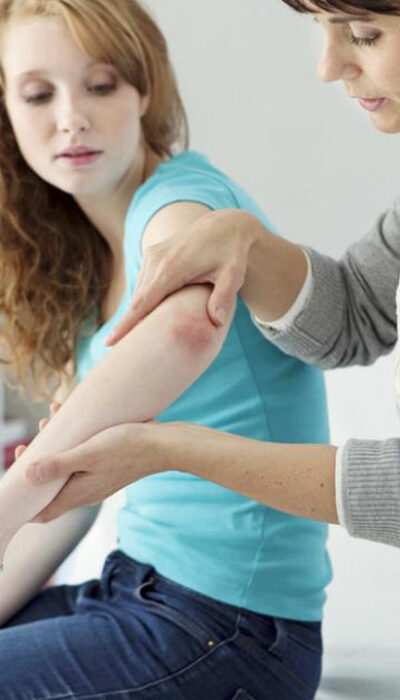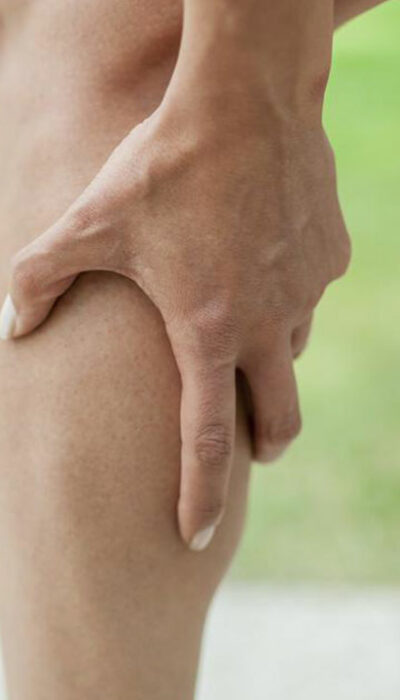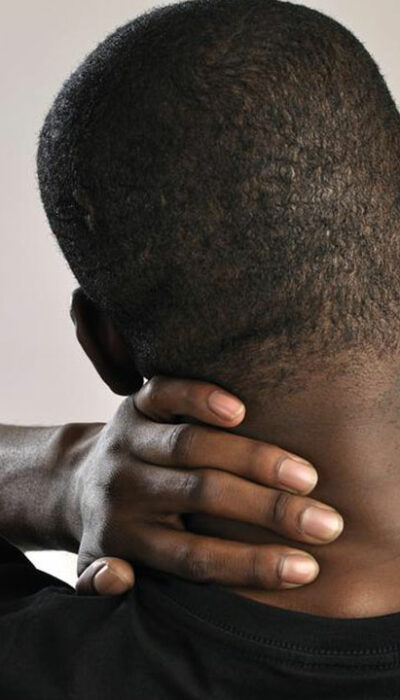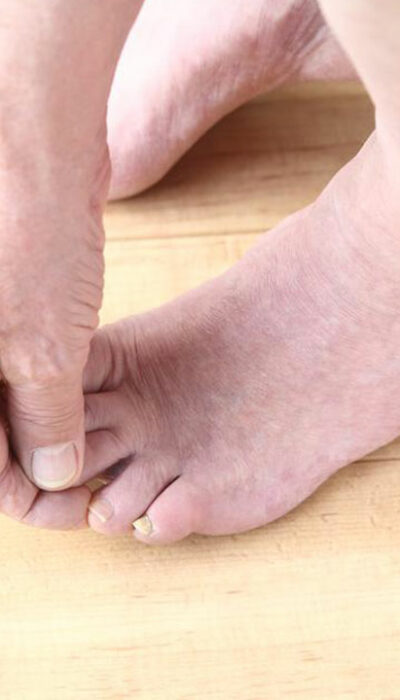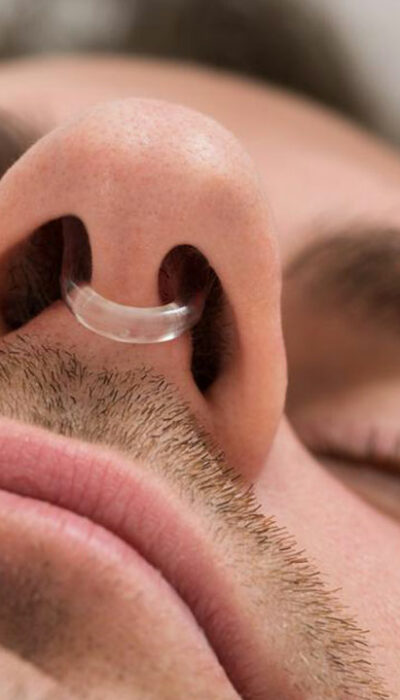
10 Things You Need to Know about Anti Snoring Devices
Snoring is the result of obstructed movement of air when a person breathes while sleeping. Some people snore loud, while others do not cause much disturbance. In the realm of medicine, the condition is characterized by obstructive sleep apnea (OSA). Snoring is one of the factors causing sleep deprivation. People suffering from OSA also suffer from irritability, drowsiness, and lack of attention. Loud snoring has been associated with heart attack and stroke in people. Snoring causes vibration that passes through the carotid artery that leads to carotid artery atherosclerosis in a person. This also leads to the development of atherosclerotic plaque. One in every 15 Americans is believed to have moderate sleep apnea. More than half of the population in the world is suffering from some degree of snoring. There are many solutions to treat snoring. There are many anti-snoring devices that help you get rid of that prolong habit of snoring while you sleep. Mouthpieces It is one of the most popular devices among snorers. They come with almost no side effects. They are proven and established. Chin straps They are not new, but effective. Chip straps work like jaw retaining mouthpieces in context their results. It is simple to use. It is used under the chin, over the top, and round the back. They are made using neoprene and nylon. The quality of chin straps is determined by the material it is made of. Pillows A type of snoring solution is an anti-snoring pillow. There are many types of snoring solutions that allow your head to lie in a position that does obstruct the airways and cause snoring. In other words, anti-snoring pillow corrects the wrong sleeping position that can otherwise cause snoring. However, they are not found to make much difference to the problem and thus are not much reliable for some people.

